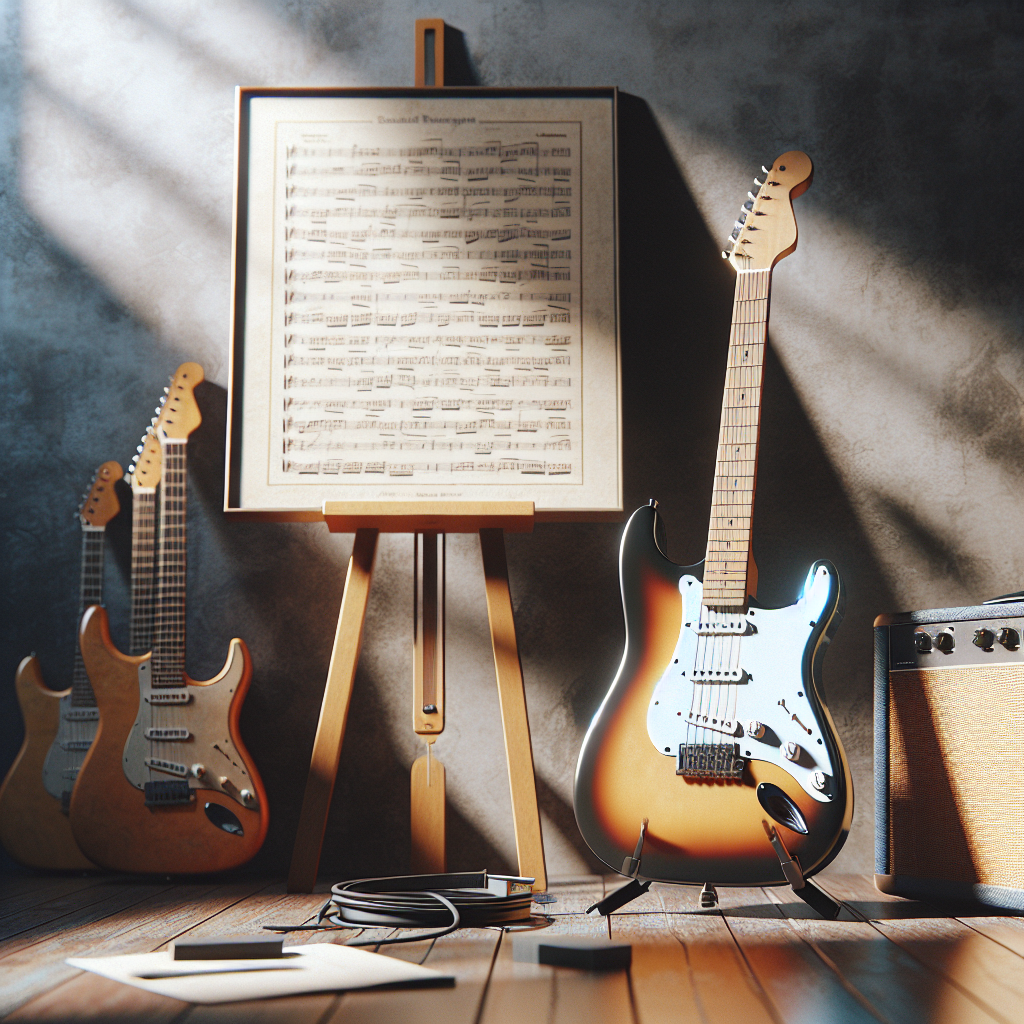
Arpeggiating chords on the guitar is a technique that adds depth and musicality to your playing.
Arpeggiating chords on the guitar is a technique that adds depth and musicality to your playing. While strumming chords certainly has its place, breaking the chords into individual notes through arpeggiation can create a beautiful and melodic sound that captivates listeners. But what exactly is the theory behind arpeggiating chords, and how can you incorporate this technique into your playing?
At its core, an arpeggio is simply the notes of a chord played individually rather than simultaneously. This technique allows you to highlight the individual tones within a chord, creating a more intricate and harmonically rich sound. Understanding the theory behind arpeggios is essential for any guitarist looking to master this technique.
One of the key concepts to grasp is the structure of chords. Chords are built from scales, and arpeggios are essentially broken-down chords. For instance, a C major chord consists of the notes C, E, and G. When arpeggiated, you would play these notes individually. By visualising the triads within chords, you can better understand how to arpeggiate them effectively. Our triad visualisation tool can help you identify these triads all over the fretboard.
Learning the notes of the fretboard is also crucial for arpeggiation. Being able to quickly locate the individual notes within a chord will make arpeggiating much smoother and more intuitive. Our fretboard note learning tool is perfect for mastering this skill.
Ear training is another essential aspect of arpeggiation. Developing your ear to recognise chord tones and intervals will greatly enhance your ability to arpeggiate chords accurately and expressively. Utilising our ear training tools can help sharpen your listening skills.
When arpeggiating chords, it's beneficial to understand the relationship between arpeggios and scales. Arpeggios are derived from scales, with each note of the arpeggio corresponding to a degree of the scale. By familiarising yourself with major and natural minor scales, you can better navigate arpeggiating different chord qualities.
While some guitarists swear by the CAGED system for chord navigation, I prefer recognising triads all over the fretboard for a more versatile approach to arpeggiation. This method allows for greater freedom in creating arpeggio patterns and exploring different tonalities.
Incorporating arpeggios into your playing can elevate your guitar skills to new heights. By understanding the theory behind arpeggiating chords and utilising tools like our triad visualisation tool, fretboard note learning tool, ear training exercises, and scale resources, you can master this technique and add a captivating dimension to your playing.

So, next time you pick up your guitar, consider adding arpeggiation to your practice routine and watch as your playing takes on a newfound depth and complexity.
